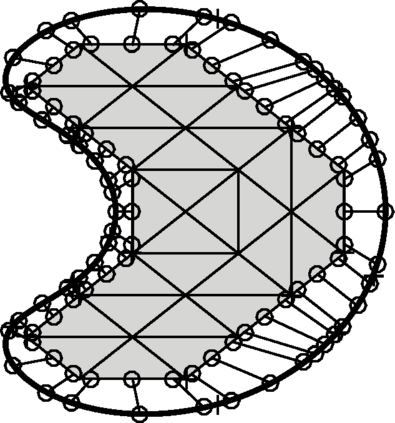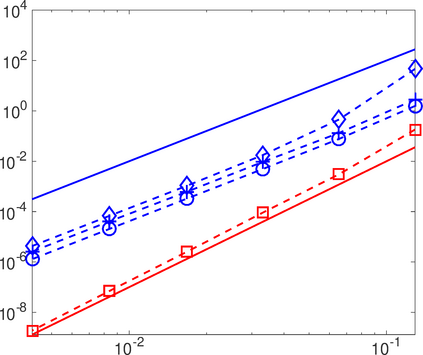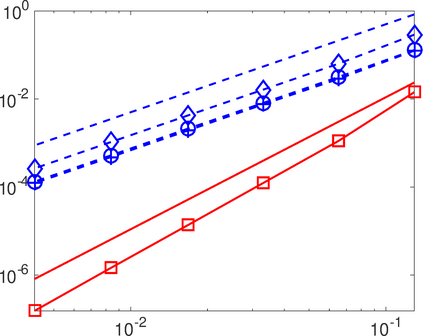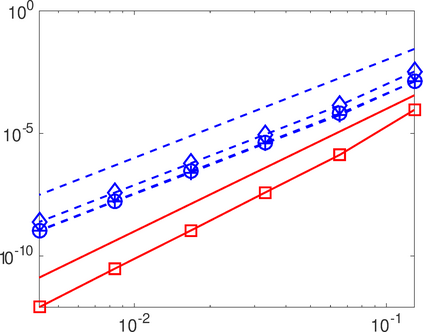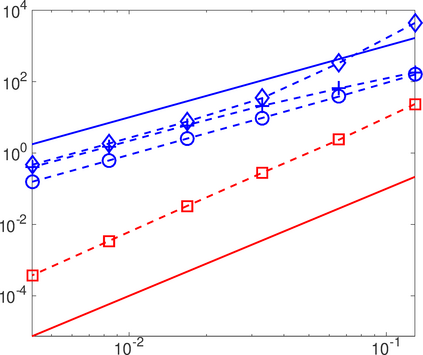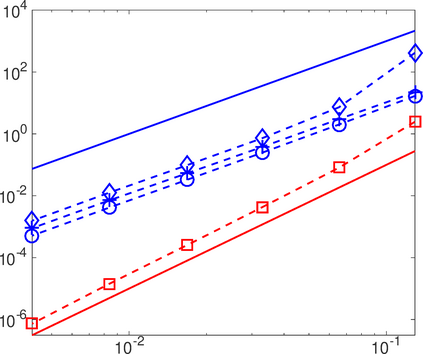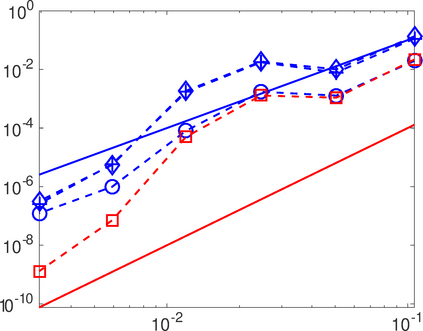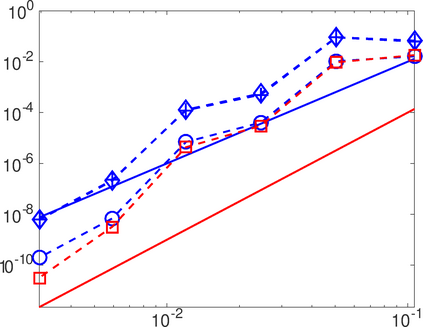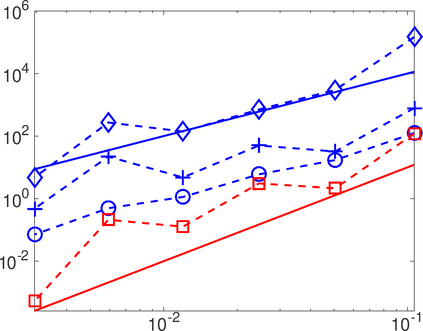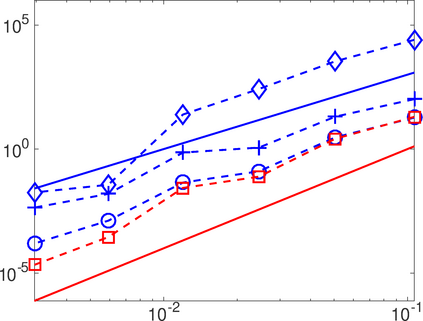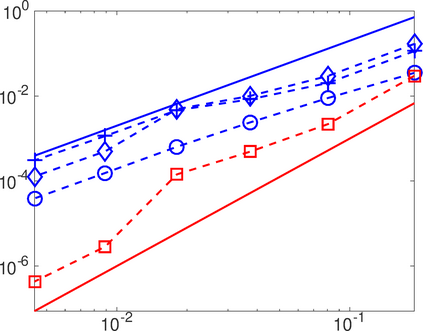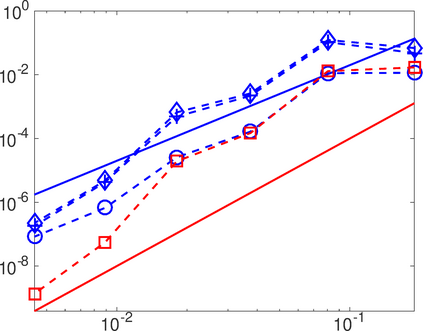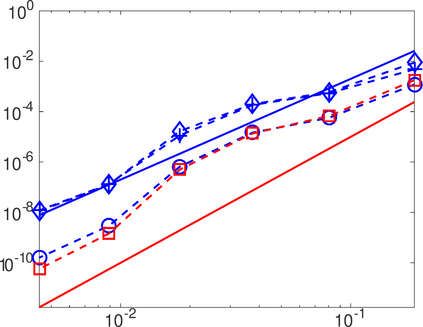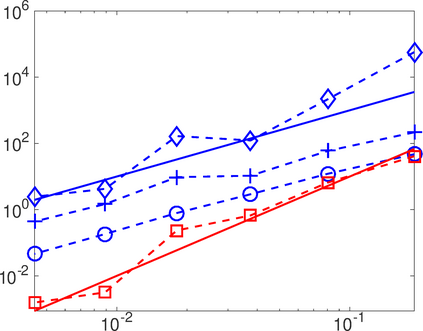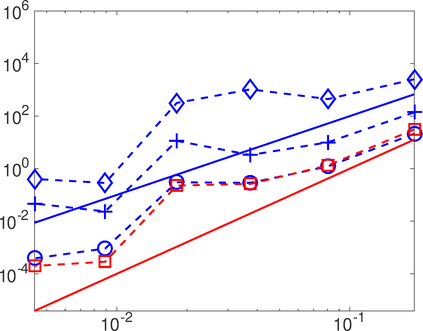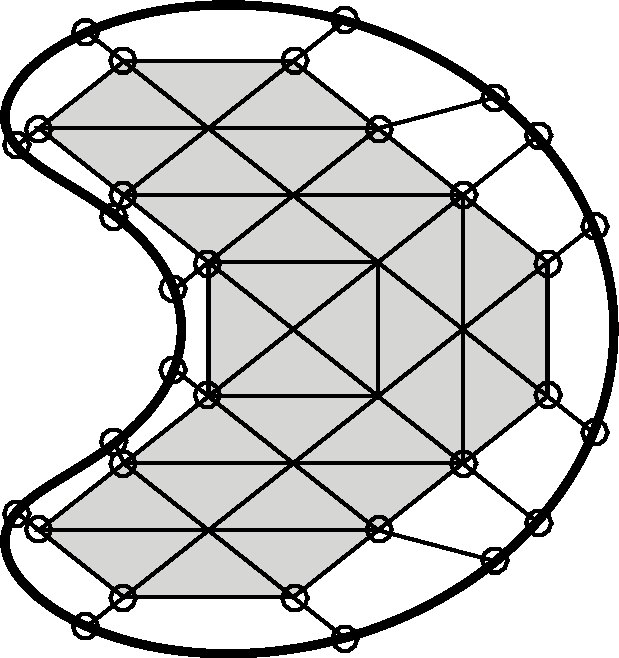This work analyzes a high order hybridizable discontinuous Galerkin (HDG) method for the linear elasticity problem in a domain not necessarily polyhedral. The domain is approximated by a polyhedral computational domain where the HDG solution can be computed. The introduction of the rotation as one of the unknowns allows us to use the gradient of the displacements to obtain an explicit representation of the boundary data in the computational domain. The boundary data is transferred from the true boundary to the computational boundary by line integrals, where the integrand depends on the Cauchy stress tensor and the rotation. Under closeness assumptions between the computational and true boundaries, the scheme is shown to be well-posed and optimal error estimates are provided even in the nearly incompressible. Numerical experiments in two-dimensions are presented.
翻译:这项工作分析了一个领域( 不一定是多元的) 线性弹性问题高顺序混合的 Galerkin (HDG) 方法。 域被一个可计算 HDG 解决方案的多面计算计算域所近似。 将旋转作为未知因素之一, 使我们能够使用偏移的梯度, 以在计算域中明确显示边界数据。 边界数据由真实边界转换到计算边界, 以直线内分母为单位, 直线内分母取决于 Cauchy 压力阵列和旋转。 在计算和真实边界之间的近距离假设下, 方案被显示是精确的, 即使几乎无法压缩, 也提供最佳的误差估计。 提供了两个二维的数值实验 。


